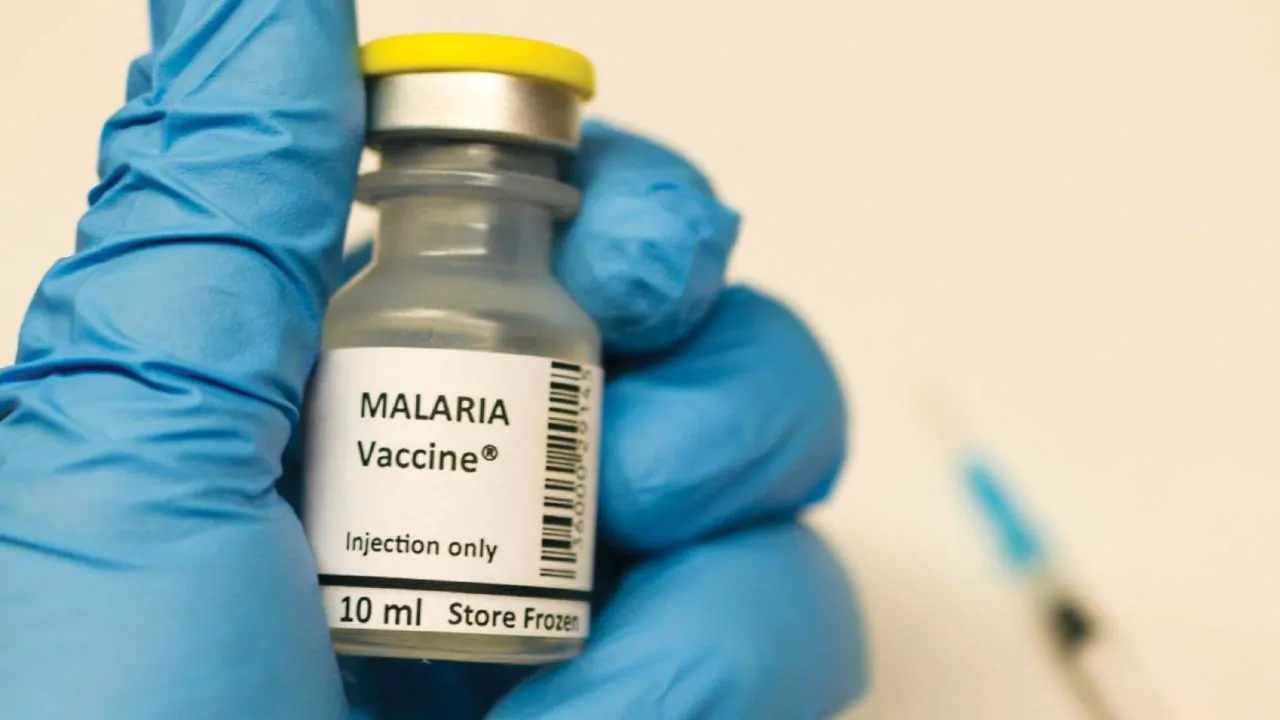You are here
Back to topEmerging Horizons In Malaria Treatment

Emerging Horizons In Malaria Treatment
APRNEWS - For nearly 5000 years, malaria has continued to plague humanity causing immeasurable deaths and economic loss. Over the past few years, however, a lot of progress has been made concerning diagnosis, treatment and prevention of malaria.
As part of the celebration of World Malaria Day, we will discuss the key points as well as new developments concerning malaria.
What Is Malaria?

Malaria is a common, life-threatening disease caused by the parasite Plasmodium. It is transmitted via the bite of an infected female Anopheles mosquito – which are of five different variants.
While the bite of a mosquito is the most common way of transmission, malaria may also be transmitted through blood transfusion, organ transplant or the use of shared needles and syringes. It may also be transmitted from a mother to her unborn infant before or during delivery.
Who Are The Most Affected Groups?

Malaria may be seen in both men and women in every age group who have been exposed to mosquito bites. Half of the world is currently at risk of infection but it is commonest in Africa where 92% of all cases and 93% of deaths were seen.
The risk of developing malaria is greatest in children under five, non-immune migrants, people living with HIV, and pregnant women. In 2017, there were about 219 million cases of malaria in 87 countries of the world according to the World Health Organisation with about 435,000 deaths with over 250,000 of them being children. Nigeria is responsible for the world’s greatest burden of malaria with about 25% of all malaria cases worldwide (51 million cases).
What Are The Signs And Symptoms Of Malaria?
The first signs of malaria appear about 10 to 15 days after the bite of an infected mosquito. This usually comes in the form of fever, headaches, excessive sweating, malaise, muscle aches, nausea, vomiting, diarrhoea and chills. Plasmodium falciparum is the most threatening cause of malaria as it causes the most malaria-related deaths.
If left untreated, symptoms may progress to cause moderate-to-severe anaemia, a multi-organ failure such as kidney failure, and cerebral malaria – an often-fatal outcome especially in rural communities without adequate medical facilities and/or staff.
How Is Malaria Diagnosed And Treated?
Early diagnosis and treatment are essential to prevent severe disease and deaths. The diagnosis must be embarked on via rapid diagnostic tests or microscopy treatment to reduce drug resistance. Malaria is best treated with combination therapy, typically artemisinin-based combination therapy or ACT.
How Much Does Malaria Cost?

Malaria and poverty are related. It is greatest in the poorest regions of the world as a result of their climate, scarcity of resources to mount an efficient control and the nature of the disease itself, among other factors.
It imposes substantial costs to individuals (via costs of accessing treatment and lost days at work) and government (via maintenance and staffing of health facilities). Every year, the direct cost of malaria in Africa is estimated at $12 billion, not including the loss of economic growth.
What Are The New Developments In Malaria?
A few days ago, Malawi began providing immunisation to young children against malaria, the first of its kind in history. It was a large-scale pilot which is aimed at providing partial protection against the killer disease. Kenya and Ghana are set to follow suit in the coming weeks as part of the immunisation campaign led by WHO and the collaborative efforts of the ministries of health in the three counties aforementioned, non-governmental organisations and private firms.
Although the vaccine is known as RTS, S is only able to provide some degree of immunity to children (40% efficacy rate). It is able to protect them from developing severe forms of malaria which may be life-threatening. It will be provided to children under two years of age in the three countries.
Prior to the discovery of the malaria vaccines, mosquito nets had been the mainstay of disease control. The World Health Organisation advises that the malaria vaccine be used in combination with these pre-existing methods of malaria prevention.
Although it took 30 years for the vaccine to be made, it is a development worth celebrating as it potentially means that the poorest and most affected children can now be better prepared to survive malaria.
With The Guardian







